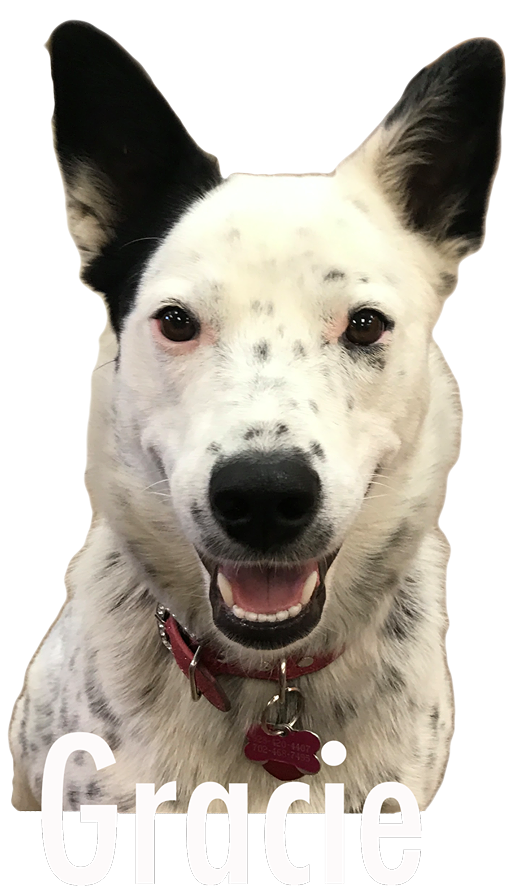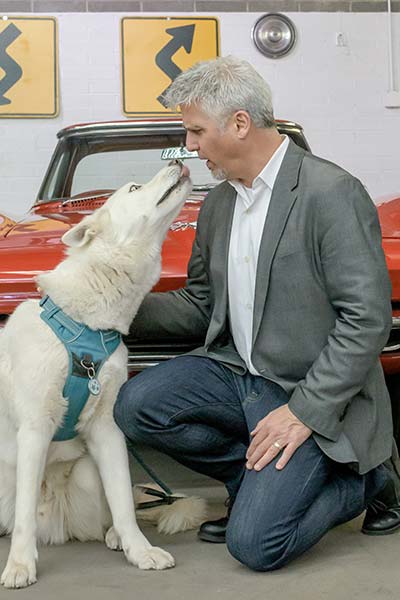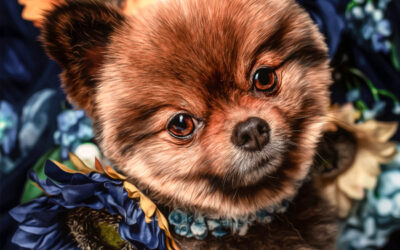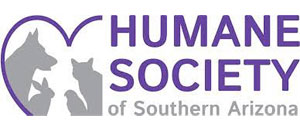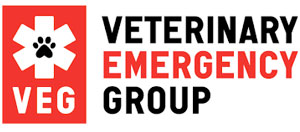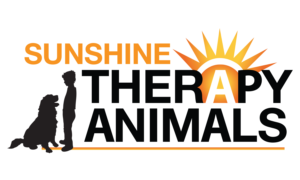Story by Bonnie Craig, Photos by Candice Eaton
“Gestures are all that I have; sometimes they must be grand in nature.” So begins the poignant, emotional roller coaster that is The Art of Racing in the Rain by Garth Stein. These words come from the narrator of the novel, a less conventional narrator, especially considering the book is meant primarily for adult audiences. He is Enzo, the wise and gentle canine companion of Denny, a race car driver in the rainy state of Washington.
Dogs like Enzo speak in gestures, because despite the sweet internal monologue we are treated to in The Art of Racing in the Rain, we cannot hear them speak aloud in our human languages. Instead, we learn each other’s respective cues and construct our own hybrid form of communication where gestures can speak volumes. These gestures are important to deepen our connections with our animal companions, as are other types of gestures when it comes to protecting them and ensuring the well-being of those not fortunate enough to enjoy the lifelong bond with a loving human as in the case of Enzo’s Denny. The Humane Society of Southern Arizona (HSSA) embodies such gestures and is only able to operate based on the kindness of individuals in our community.
A non-profit receiving zero government support, HSSA relies solely on the public for funding, and on February 8th, 2020, it was time to celebrate another successful year at their Annual Impact Report lunch and fundraiser. HSSA has a knack for bringing in A-list animal lovers; at their 75th birthday celebration in 2019, Brandon McMillan of television’s Lucky Dog was the keynote speaker. Continuing this trend, none other than author Garth Stein delivered the special guest speech at the Impact Report lunch. This pick could not have been more appropriate for the celebration.
Stein’s uncanny knack for accurately voicing the thoughts and feelings of a dog in plain English made him an ideal candidate to address a room full of animal lovers, most of whom had read The Art of Racing in the Rain, as well as seen its new major motion picture adaptation. After raising $4,100 auctioning off a VIP package for NASCAR in Phoenix, HSSA staff brought Stein out on stage to wild applause, and he began to tell the story of how this beloved book came about.
The Art of Racing in the Rain tells the story of a racecar driver named Denny who adopts a puppy and names him Enzo, after Italian racing legend Enzo Ferrari. Incidentally, it is Enzo (the dog) who narrates the story. He has learned that dogs can reincarnate into humans and worships and adores Denny to the extent he wants nothing more than to come back as a person and shake his hand. His loyalty, however, prevents him, as he feels honor-bound to ensure that Denny is in a good place in life before leaving him for his next one. Enzo is there through the many trials, heartbreaks and triumphs Denny experiences, speaking the often simple but deep wisdom of a devoted friend, and ultimately attesting to the pure, unconditional love of a dog.
Stein first encountered his inspiration for The Art of Racing in the Rain when he was shown the 1998 film, State of Dogs, in which the Mongolian idea that dogs who are ready can be reincarnated as humans is explored. In the motion picture version of The Art of Racing in the Rain, we can see Enzo watching that actual film. This idea blossomed further when Stein attended a reading by poet, Billy Collins, where Collins shared his poem, “The Revenant”, in which a dog addresses his master from beyond the grave, although in this case, not so worshipfully.
Stein’s idea for a dog who adores their person to the degree that Enzo adores Denny started way back with a dog named Muggs. Muggs was an Airedale terrier who belonged to Stein’s family during his childhood. While she was a family dog, Muggs clearly favored Stein’s father, who was stoic, and not particularly effusive with his emotions around her. One day when Stein was in high school, his father took Muggs to the vet and came back alone. Without a word, he gathered up all of her belongings, brought them to the curb, and that was that. Many years later, Stein and his father were together when he received the first published copy of The Art of Racing in the Rain. He unwrapped it and handed it to his father, who opened to the dedication page, and finally, after all those years, began to cry. The book is dedicated to Muggs.
Much went on however, between the first sparks of inspiration for the book and its publication and subsequent success. Stein was initially met with skepticism over its concept. His agent at the time was less than supportive when he saw that the book was narrated by a dog. “Do me a favor,” he told Stein, “Take this book, throw it away, and write something good.” This was on Thanksgiving, while his in-laws were visiting. He had hoped to impress them as well as his wife with a success story, but he disagreed with the agent over the book’s worthlessness, so fired him on the spot.
Stein then gathered the courage to admit this to his wife, a woman he describes as his muse, but not a gentle one covered in flowers, rather a dark muse, like a dominatrix cracking a whip. We have her to thank for continually supporting him and pushing him to succeed in getting his work out into the world. Her response was simply, “Get a new agent.”
Unfortunately, this proved harder than it sounded as bafflingly, no agent at the time wanted to promote a dog book, much less a book narrated by one. Finally, in 2007 at a library event, Stein was lamenting this fact to a group of other writers when someone said, “My agent would represent you. They represent me, and I wrote a book narrated by a crow.” This was indeed true, the writer being Layne Maheu, who wrote Song of the Crow, a retelling of the biblical flood myth from the viewpoint of a skeptical crow.
The rest, as they say, is history. After a rough time getting off the ground, The Art of Racing in the Rain finally took flight, spending three years on the New York Times best seller list. In 2019, the book was made into a hit film starring Milo Ventimiglia, Amanda Seyfried, and Kevin Costner as the voice of Enzo. Parker and Butler, the two dogs who played the adult Enzo were former shelter dogs. Despite all this success, Stein hasn’t forgotten about the underdog, helping the HSSA to champion them, and the undercat, underbunny, underduck, etc.
While the HSSA did operate over financial capacity, they were able to achieve some amazing things in 2019, such as taking in 5,198 pets with the amazing 93% live release rate. They performed 5,068 surgeries, 7,077 vaccinations and 598 feral cats were spayed and neutered through their Trap, Neuter, and Return (TNR) program. They helped relieve pressure at other shelters by taking in 682 transfer animals and reunited 995 lost pets with their families.
While achieving these fantastic feats, the people and pets of the HSSA continued to get used to their new home on Roger Road. They have begun to offer a new donor-subsidized veterinary wellness program for low-income Pima County residents, as well as puppy and kitten care plans. They also expanded their New Beginnings Training Program which allows Department of Corrections inmates to work with shelter dogs to help them become more adoptable, and to gain new skills for themselves as well. One former inmate was even hired on at the shelter after release. Aside from funding generated from services, investments and special events, 79% of the funding for all of these programs was provided by public donations, the aforementioned grand gestures that make all of the difference for so many animals.
Enzo’s grand gestures are those of all of our canine companions, who, like Enzo, give us their unconditional love every day, free of judgement. It is a truly unique bond, which goes both ways, as Stein so wittily illustrated during his speech. In a hypothetical example, he asks what we might do after a long day at work upon coming home, arms full of groceries, to our partner, who has been lying around naked all day, who offers no help, even jumps on us and knocks things out of or hands as we try to juggle everything and make it into the house. Most of us would be annoyed, even disgusted, but then swap the human for a dog, and it’s a whole other story. Suddenly we’re dropping everything and falling to our knees for welcome home hugs and kisses. The moral of this vignette, according to Stein? “We should all treat each other more like dogs- more forgiveness, fewer conditions.”
While The Art of Racing in the Rain is in ways so heart wrenching, it teaches a lesson any dog owner must learn. Their impact on our lives and the love and joy dogs bring are so powerful that we are, as Stein said, “willing to pay the emotional price for that relationship in the end.” Isn’t it comforting though, to think we might just meet an old friend again “in person” one day, as many Mongolians believe? Stein went on to say that closeness to other animals is, “fundamental to our humanity.” A sentiment most of us probably share. Isn’t it then our duty to see that they are treated with the love, compassion and humanity they deserve? This has been the mission of the Humane Society of Southern Arizona since 1944, and with our help they will continue until every Enzo finds his Denny.
